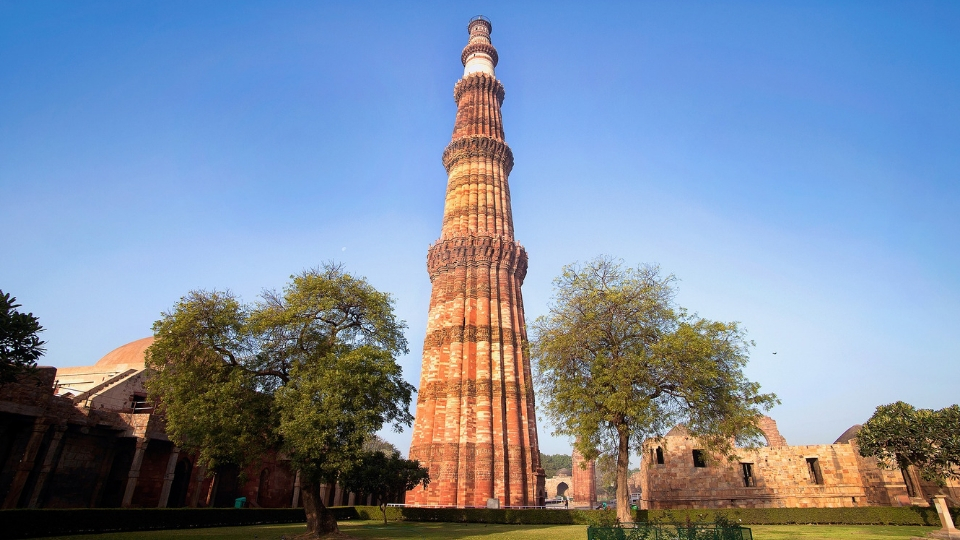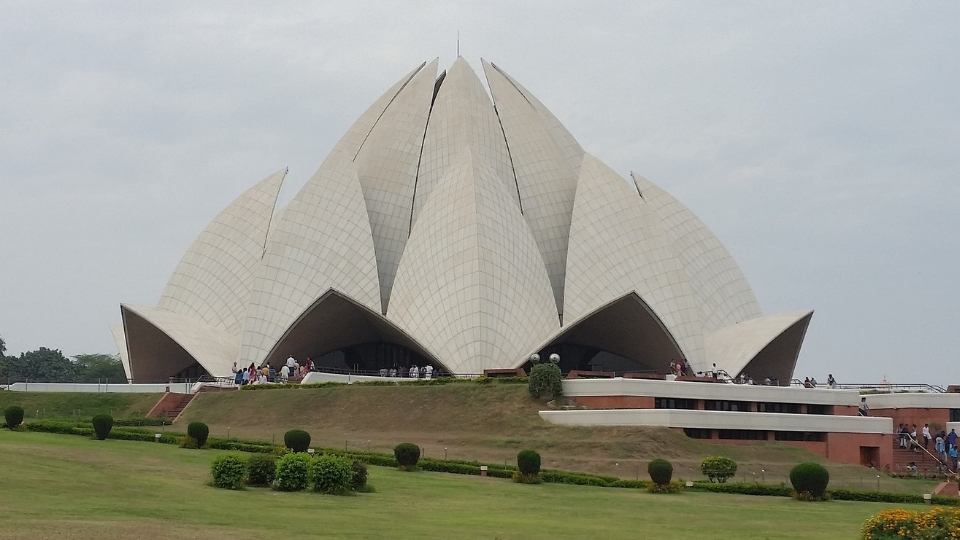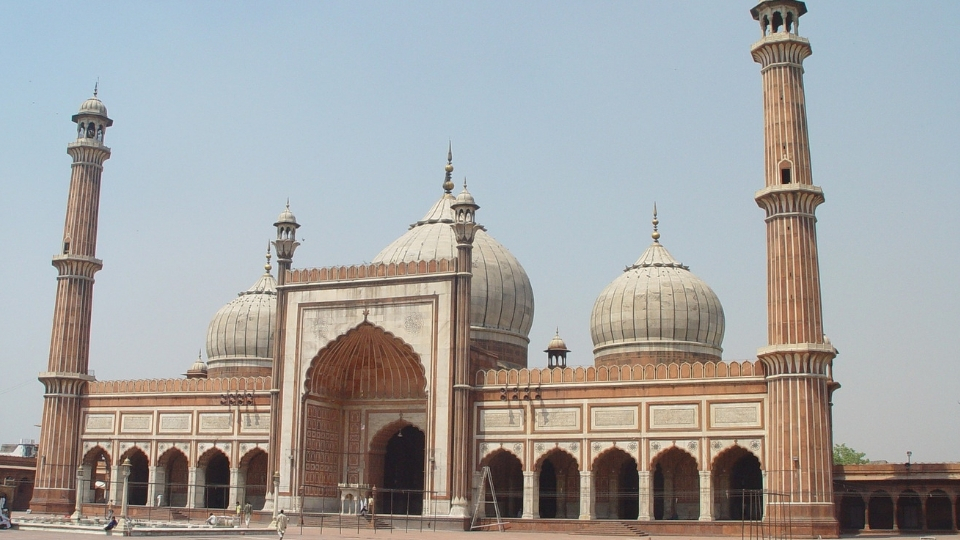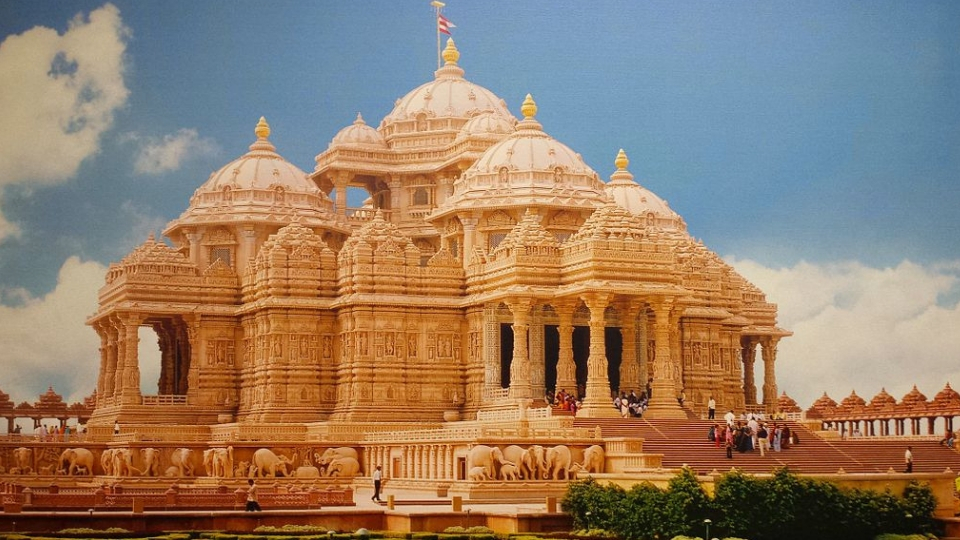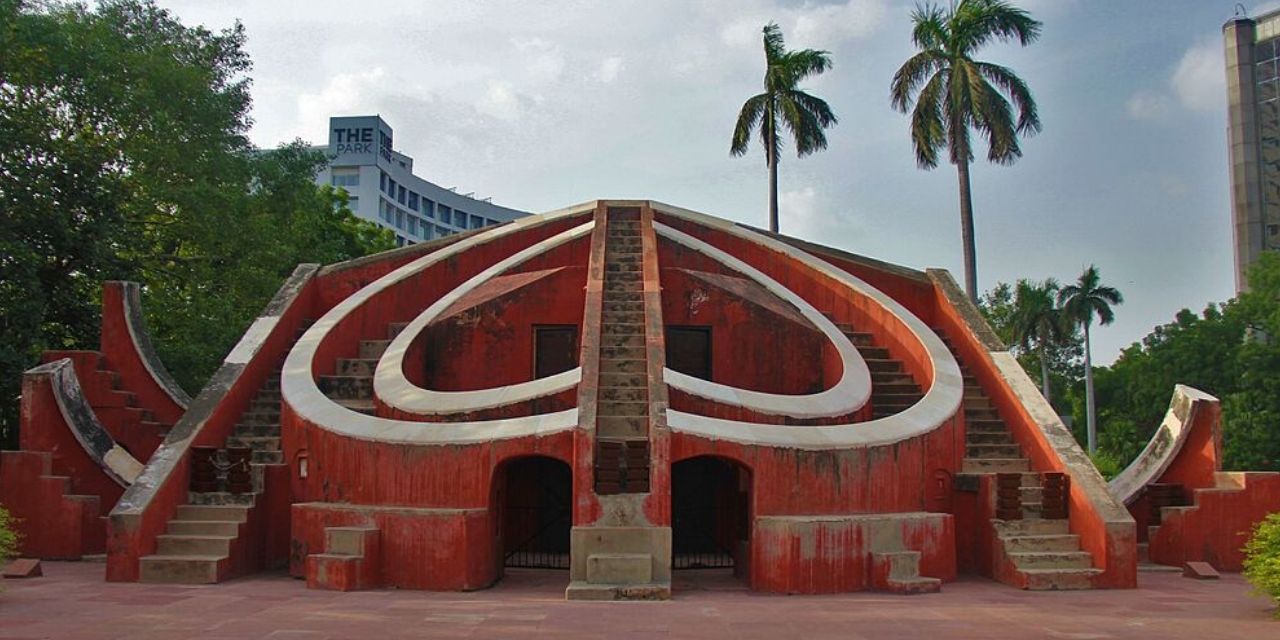
Jantar Mantar
Jantar Mantar in Delhi is an astronomical observatory and a UNESCO World Heritage Site. It is one of five Jantar Mantar observatories built by Maharaja Jai Singh II of Jaipur in the 18th century. The purpose of these observatories was to study the movements of celestial bodies and make accurate astronomical calculations.
Jantar Mantar Delhi is located in the heart of the city, near Connaught Place. It features a collection of large masonry instruments designed to measure time, track celestial objects, and observe astronomical phenomena. The instruments at Jantar Mantar are remarkable for their architectural and scientific precision.
Some of the notable instruments at Jantar Mantar include:
-
Samrat Yantra: Also known as the Giant Sundial, this is the largest instrument at Jantar Mantar. It measures the time of day with incredible accuracy using the position of the sun's shadow.
-
Jayaprakash Yantra: This instrument consists of hollowed-out hemispheres with markings that allow astronomers to observe the positions of celestial bodies.
-
Misra Yantra: It is a combination of five different instruments used for various astronomical calculations, including determining the shortest and longest days of the year.
-
Ram Yantra: This instrument is used to measure the altitude and azimuth of celestial bodies.
Visiting Jantar Mantar offers a unique opportunity to explore the rich history of astronomical studies in India. The site provides a glimpse into the scientific advancements made during the time of Maharaja Jai Singh II. It's fascinating to witness the architectural brilliance and intricate design of these centuries-old instruments.
As you explore Jantar Mantar, you can also learn about the various astronomical concepts and calculations that were performed using these instruments. Information boards and guided tours are available at the site to enhance your understanding of the significance and functionality of each instrument.
Jantar Mantar is easily accessible from different parts of Delhi. You can reach there by metro, with the nearest metro station being Patel Chowk on the Yellow Line. From there, it's a short walk to the observatory. Alternatively, you can take a taxi, auto-rickshaw, or use ride-sharing services to reach Jantar Mantar.



